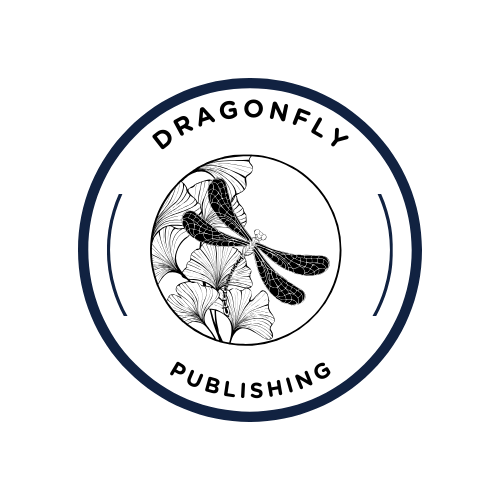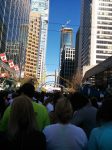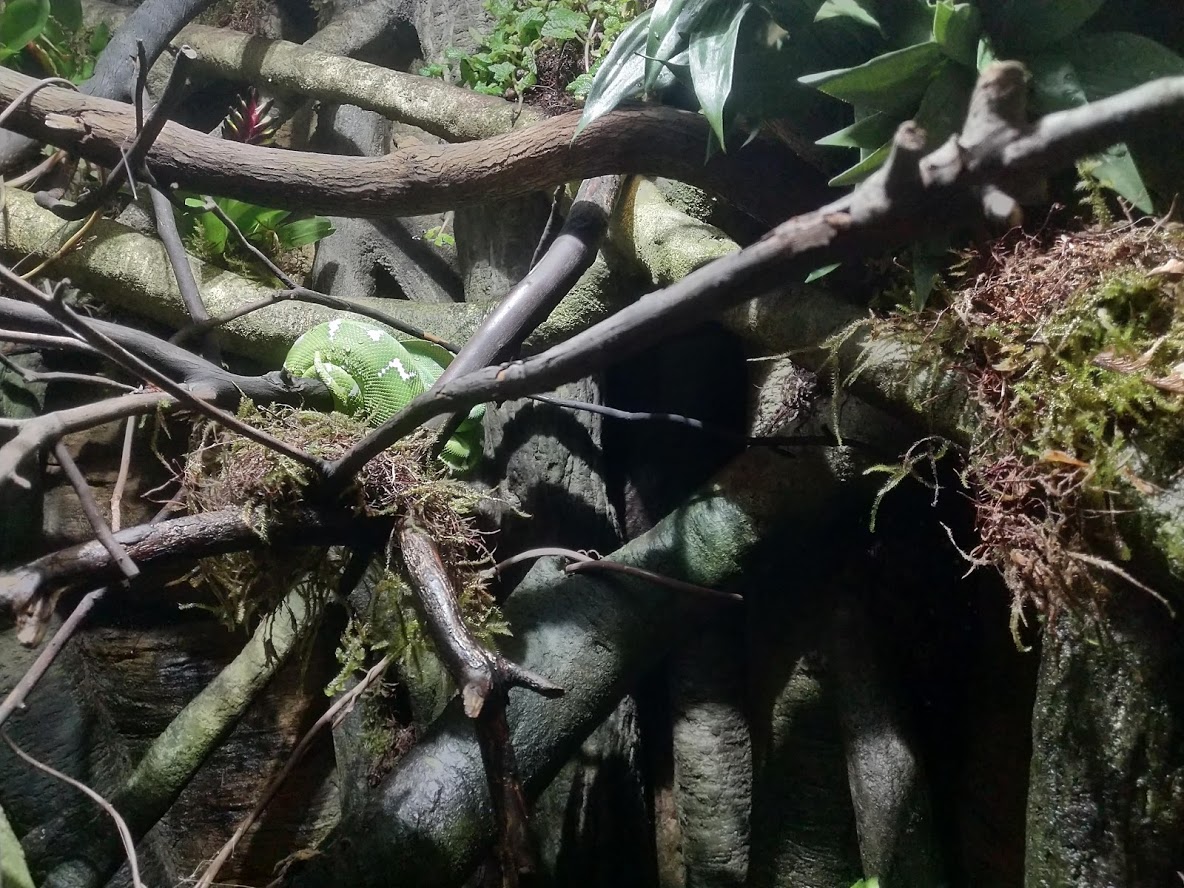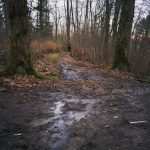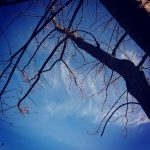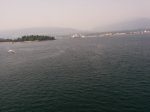Back in 2013, before I was running, I did the run-walk fun run version of this race, but this time, having run regularly for 7 months now, I was able to do the run version of the Vancouver Sun Run. However, halfway in, I had an IT band injury somehow but still got six personal records. The injury resulted in a little walking (not much), but my time was not as fast as it could have been. I still beat my husband’s first 10K effort (insert evil grin here–though he runs twice as fast as me now!).
The day could not have been better. It was pure sunshine, with just enough cool breezes flowing in from the Pacific, to make this run perfect. We got up very early, took the train down to Vancouver, and afterward walked back to Waterfront station to take the train home. I proceeded to ice up my knee, hobble around, and soothe myself with a couple Shocktops and orange slices. Today I can barely walk downstairs!
But it is with renewed interest that I train up to running 10K now so that I can run it without injury in the future. I think I pushed myself too much during the first half–the only thing preventing me from running as fast during the second half was that terrible feeling of my IT band on the left leg (from hip to knee) being wonky. I’ve had this problem on and off in the last few months and was surprised it came up yesterday. I did walk probably about a mile or two before the race, and I could feel the stiffness in my IT band then.
Still, being a part of 50,000 people doing something positive for their health, whether walking, running, or racing through downtown Vancouver, was such a thrill. The route goes through some beautiful areas, starting near Coal Harbor, and up toward Lost Lake, which is a beautiful beach snuggled between English Bay to the west and the Vancouver Harbour to the east. Stanley Park is just to the north. The route then dips south along English Bay and Sunset Park, careening on to the Burrard Street Bridge, which crosses over False Creek. The run goes back east from there, paralleling False Creek, curving north near Olympic Village, going back across False Creek via the Cambie Street Bridge, and then ending up near BC Place.
I worked with environmental lawyer Doug Chapman back in 2010 when he was investigating sediments and sewage in the waters of False Creek. Ecojustice has an article also here. Understanding what’s in the water makes it far less beautiful. Doug also spoke at the first 100,000 Poets for Change event I led in 2011. We did a cleanup along False Creek. We had a great event, with over 100 poets and other groups showing up to carefully rid the beach of syringes and other trash accumulating on the beach. The City of Vancouver was very helpful with offering bags, gloves, and other tools. The poets later read at the Carnegie Centre on the lower east-side–and all of them commented on how cool it was to have participated in an action. Some of these same poets also participated in the next year’s 100,000 Poets for Change event, an Earthwalk in Stanley Park. The resulting anthology is here, with a dedication to Doug. If you’re interested in further events, check out our upcoming anthology–Winds of Change–of last year’s 100,000 Poets for Change Vancouver event, a short story contest with the topic of climate change.
The beach cleanup was probably Doug Chapman’s last public speech, for he was very ill. He died in April 2012, leaving behind one of the longest environmental lawyer’s legacy in Canada. I miss Doug. I remember him calling me after that poet cleanup, thanking me for my work. I was basically just office staff for a non-profit back then but did a lot of events and volunteer training as well. Working there opened my eyes to the state of the waters in Canada–mostly British Columbia. My main project toward the end was building a map of beaches all over the province and working with municipalities to ensure that they had their water testing results online for the public to see. It was exciting work!
So, running near False Creek also reminded me that though the entirety of the Burrard Inlet is a beautiful area, it is constantly under threat due to industry development, agricultural and other runoff, and oil shipping. I remember back when I worked at the non-profit, Doug took me (and a couple others) out on a new boat. The boat was moored at False Creek and we headed out to English Bay and then down to the North Arm of the Fraser River, and east a bit. All along the river were logging operations and other industry. The Burrard Inlet, north of the Fraser, comes east quite a bit, all the way to where we live in Coquitlam.
The inlet is s also one of the channels that would be affected by the Kinder Morgan (or Trans Mountain) Pipeline, which has been under environmental watch since its proposal to expand. The pipeline began in 1953, and Kinder Morgan wants to expand/twin its pipes, increasing its carrying capacity from 300,000 barrels a day to 890,000 barrels a day. The oil being transported is the same Canadian crude tar sands bitumen, which is also well-known as “dirty oil” by Andrew Nikiforuk, under proposal to expand shipping via both the Northern Gateway and Keystone XL pipelines. I have written a series about the the Great Bear Rainforest and the Northern Gateway here (including a lot of info on this oil and why it’s so dangerous); in fact, I saw Andrew Nikiforuk, along with Ian McAllister (of Pacific Wild), speak about the rainforest and the proposed Northern Gateway several years ago–which is what inspired my series on the Great Bear.
To be a runner in these beautiful areas of British Columbia, and to know about the threats to these otherwise necessary ecological webs–from mining, logging, fracking, gas pipelines, and bitumen oil expansion–is to understand what’s under the soil, what’s in the water and air, and what’s beyond such gorgeous picture-perfect frames of surface beauty. It doesn’t stop my appreciation for the outer look and being inspired by the great outdoors when running, but the knowledge of threats is saddening in the very least. To conveniently ignore these threats is a form of denial; at the same time, I have not allowed myself to get drowned in sorrow by these destructive forces. I think it’s best to celebrate the natural world, raise awareness to protect it, and to participate in events like the Sun Run that lift up rather than put down. It’s another reason I’m getting exciting about building a team of runners to run for the environment next summer!
